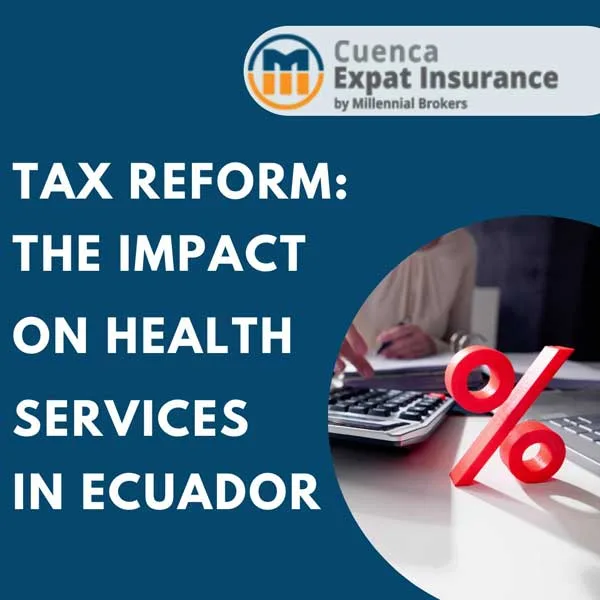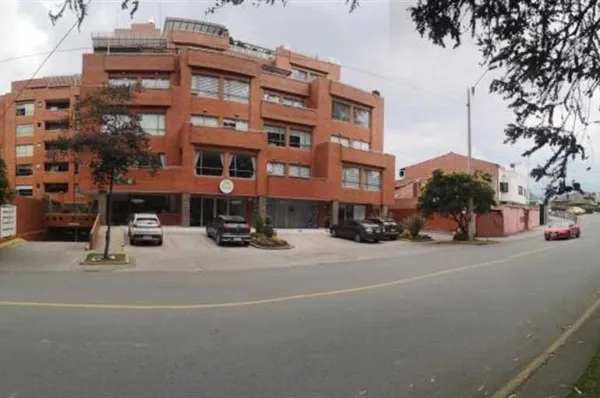Cofan ‘gringo chief’ helps natives thrive in their jungle communities — and in the political and economic arena
On a recent day, the man known in Ecuador as the Gringo Chief wore a traditional black smock and a necklace strung with jaguar and wild boar's teeth, perfectly suitable for the Cofan Indian ceremony marking the acquisition of yet another slice of rain forest.
With his fellow Cofan listening, Randy Borman gave a speech celebrating the latest accomplishment for a native people intent on taking back their vast ancestral lands. He spoke flawless Cofan, an d no one dwelled on his unusual background: an American born to missionaries who grew up to become the Cofan's most prominent, influential leader.
d no one dwelled on his unusual background: an American born to missionaries who grew up to become the Cofan's most prominent, influential leader.
The blue-eyed, gray-haired Borman, 54, is described by those who know him as an energetic, almost frenetic administrator who over 30 years has helped spearhead the revival of a people buffeted by encroaching settlers and oil companies.
Along the way, he has won respect for his ability to hunt monkeys with a blowgun and spend weeks trudging through an unforgiving jungle.
But fellow Cofan say his most lasting accomplishment has been helping the Cofan acquire so much territory that they now manage a swath nearly the size of Delaware. Their success, say those knowledgeable about native peoples in the Amazon, is a model for other indigenous groups.
"His body, his skin, all that is gringo, but Mr. Randy's heart is Cofan," said Roberto Aguinda, 39, who oversees a network of Cofan park guards who patrol the community's reserves. "He manages both worlds, the Cofan and that of his parents. But when he is here in the community, he knows more about this life than the Cofan themselves."
South America, Indian tribes are increasingly confronted by miners, ranchers, farmers, and the roads and power-generating dams that always seem to accompany them. A few groups remain "un-contacted," having never come face to face with outsiders. Some are fading fast, but a few are thriving, controlling territories as large as countries.
Among the most unusual are the Cofan, who retain many of their traditions but have embraced aspects of the outside world that elders think ensure a bright future for the community.
That includes counting on an ethnic outsider, Borman, who as chief of territories oversees land management and the funding needed to pay for it. It also means building alliances with Ecuadoran government officials and sending Cofan youths to private schools in Quito, the capital, and universities in the United States to mold strong leaders adept in various cultures.
The strategy has paid off: The Cofan manage six times the land they controlled in the early 1990s, which is particularly impressive because they are not a large community. There are 1,200 of them in Ecuador and 500 across the border in Colombia.
"In the 1980s, some people thought they'd disappear. They were small, monolingual; they didn't have a strong political structure," said Michael Cepek, a University of Texas anthropologist who has studied the Cofan for 16 years. "Lo and behold, 20 years later, they are not just surviving, they are thriving."
The community that two American missionaries found in the 1950s was far different — numbering fewer than 500, its land a lure to settlers, oil companies and loggers. Bub and Bobbie Borman had arrived to evangelize and to help develop the Cofan alphabet, which led to a dictionary.
It was here, in the jungle, that Randy was born. Along with two brothers and a sister, he lived in a thatch-roofed home and learned to track tapirs and catch monster catfish. Borman said he felt as Cofan as any Cofan, but he also had privileges no other Cofan had: He studied in a private school in Quito and went on to college in the United States.
And then, he came home.
"I don't think I ever had a major doubt that my home community was here and that my home culture was the Cofan culture," said Borman, who speaks with a slight Midwestern twang. He married a Cofan woman, Amelia Quenama, had three sons and continued to live much of his life in the forest.
"I love it still," Borman said. "I love the hunting, and fishing, getting out there and doing it."
He also worked with a group of dedicated chiefs to revive the Cofan nation, using the community's ecologically rich ancestral ground, and its importance to the world, as the selling point.
The Cofan built ties with organizations such as the Chicago Field Museum, which has sent scientists to study the jungle's flora and fauna, and received funding from the MacArthur and the Gordon and Betty Moore foundations.
The Cofan also have become something akin to a park service for Ecuador's government, training dozens of rangers, who spend up to a month at a time trudging through the jungle with 100-pound packs on their backs. Agreements with the government have led to a growing domain, from 300 square miles under Cofan control in the early 1990s to nearly 1,700 square miles today.
On a recent rainy day, standing before the raging Aguarico River, Borman stared across at a carpet of thick forest that rises 9,800 feet, the Cayambe-Coca Ecological Reserve, one of seven blocks the Cofan manage.
In it, he said, are 600 species of birds, 40 species of large mammals and one of the highest densities of amphibians in the world.
"It is an incredibly diverse ecosystem," Borman said.
He explained that the Cofan see the forest as a "product" that can be sold to the world. "That's what it is — the product is the intact, functioning rain forest," he said.
Borman now spends much of his time in Quito or abroad, working on a carbon-credit plan that would call on wealthy countries, investors and foundations to pay the Cofan to protect the wilderness and, thus, help offset carbon dioxide emissions.
"Here, we run about one dollar per hectare per year," Borman said of the cost of managing Cofan lands, about $500,000 altogether. "We have achieved zero deforestation, where, within the Cofan territory, we don't have any damage being done."
Credit: Article and photo by Juan Forero, The Washington Post


















